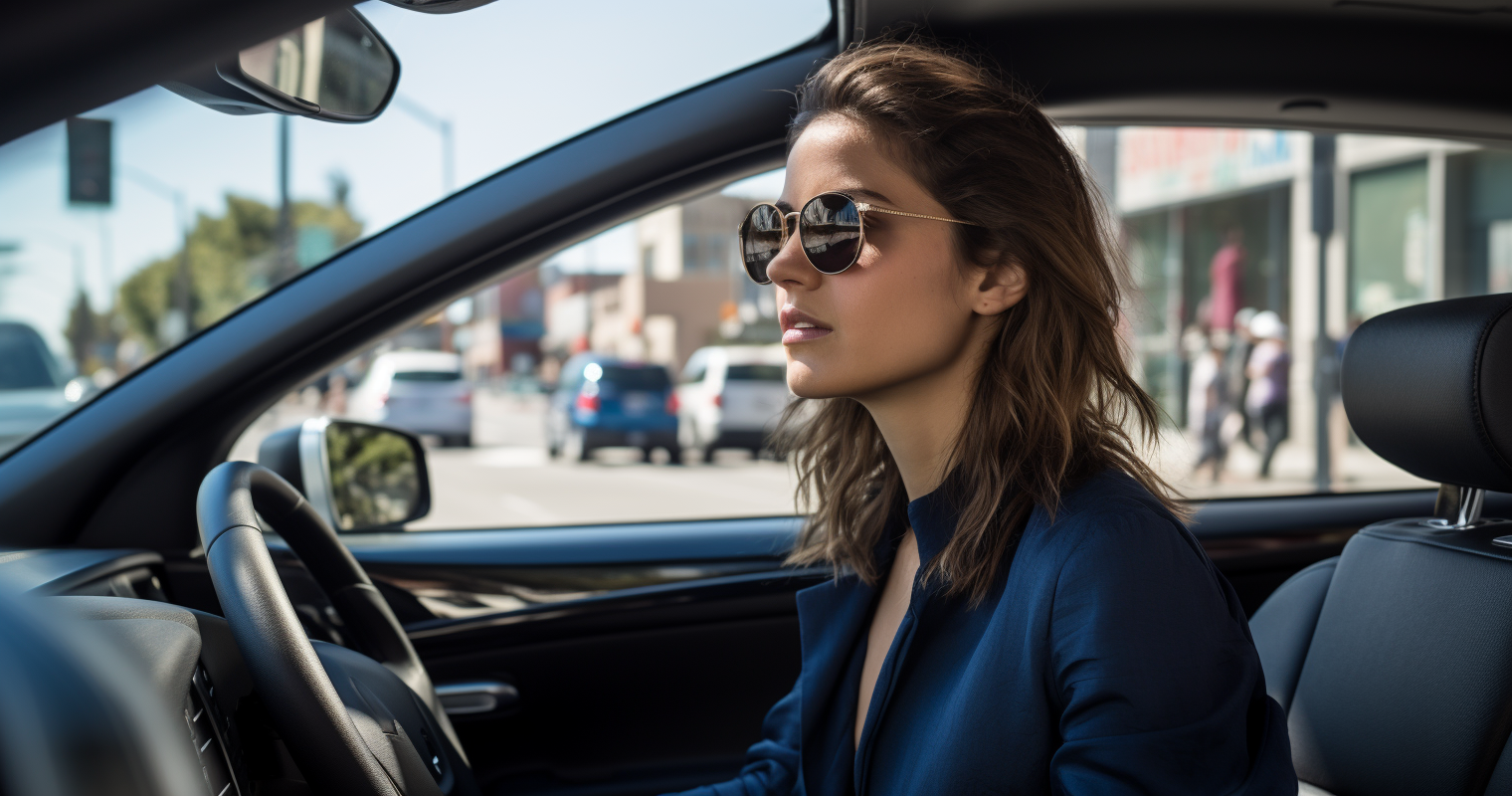Estonia is a small country located in Northern Europe known for its medieval architecture, beautiful nature, and digital innovations. Driving is a popular way to explore the country, but it is essential to understand the local driving rules and regulations before hitting the road.
Road Safety in Estonia
Road safety in Estonia is generally good, with well-maintained roads and strict traffic laws. However, there are still some challenges that road users should be aware of. One of the main issues is the prevalence of wildlife on rural roads, which can pose a hazard to drivers, especially at night.
Another issue is the relatively high rate of alcohol-related accidents. It is illegal to drive with a blood alcohol content of 0.2 or higher, and severe penalties can be imposed for those caught driving under the influence.
Equipment Required in Cars
By law, all cars in Estonia must carry a warning triangle, a reflective jacket, and a first-aid kit. It is also recommended to carry a fire extinguisher, a spare tyre, a jack, and a tyre iron in case of a flat tyre.
Road Accidents
In the event of a road accident, drivers in Estonia are required to stop their vehicles and offer assistance to anyone who may be injured. It is also important to report the accident to the police and exchange contact and insurance details with the other party involved.
Driving Rules in Estonia
Driving Side
Like most other countries in Europe, Estonia follows the right-hand drive system. Drivers must drive on the right side of the road and overtake on the left.
Speed Limits
Speed limits in Estonia vary depending on the type of road and region. In urban areas, the speed limit is usually 50 km/h, while on highways, it can be up to 90 km/h. In some areas, there may be lower speed limits due to road conditions or other factors, and it is essential to follow the posted speed limit signs.
Right of Way
In Estonia, drivers must give way to pedestrians at zebra crossings and obey traffic signs and signals. It is also mandatory to give way to emergency vehicles with sirens and flashing lights.
Unique Rules
One unique driving rule in Estonia is that drivers are required to keep their headlights on at all times, even during daylight hours. This helps improve visibility and road safety, especially in rural areas.
Road Signs and Traffic Lights
Road signs in Estonia follow international standards and are in Estonian and English. The most important signs include speed limit signs, stop signs, and no entry signs.
Traffic lights in Estonia follow a standard system with red, yellow, and green lights. Drivers must stop at a red light and can proceed when the light turns green.
Getting Up-to-Date Road Traffic Information
The Estonian Road Administration (Maanteeamet) is responsible for traffic management in Estonia. Road users can access up-to-date traffic information, including road closures and construction works, by visiting the Maanteeamet website (https://www.mnt.ee/eng/traffic).
Other useful resources for road traffic information in Estonia include local news stations and radio broadcasts.
Parking Rules in Estonia
Parking in Estonia can be challenging, especially in urban areas with high populations of expats. Most parking spaces are limited, and there is a high demand for them.
Drivers must park their vehicles within designated parking bays and avoid parking in no-parking zones. Failure to comply can result in fines or even the vehicle being towed away.
There are several parking permit schemes available in Estonia, including residential parking permits and business parking permits. Visitors can apply for parking permits at their local town hall or city council.
Disabled parking spaces are available in many public areas in Estonia. Drivers must display a valid disabled parking permit to park in these spaces.
Driving in Estonia can be a pleasant and enjoyable experience, but it is crucial to understand the local driving rules and regulations to ensure road safety. By carrying the necessary equipment in their vehicles, following the speed limit, and giving way to pedestrians, road users can help prevent accidents and keep the roads safe for everyone.
Staying up-to-date with the latest road traffic information and planning routes accordingly is also advisable. Visitors should also exercise caution and drive defensively to ensure their safety and that of others on the road.
Parking in Estonia can be challenging, and drivers should be aware of the parking rules and regulations to avoid fines and other penalties. It is also essential to note that traffic can be heavy in urban areas, especially during rush hour, and visitors should plan accordingly.
Overall, driving in Estonia can be an enjoyable experience as long as drivers follow the rules of the road and exercise caution. With a bit of common sense and knowledge of the local driving regulations, visitors can explore the country’s beautiful landscapes and vibrant culture with ease.

